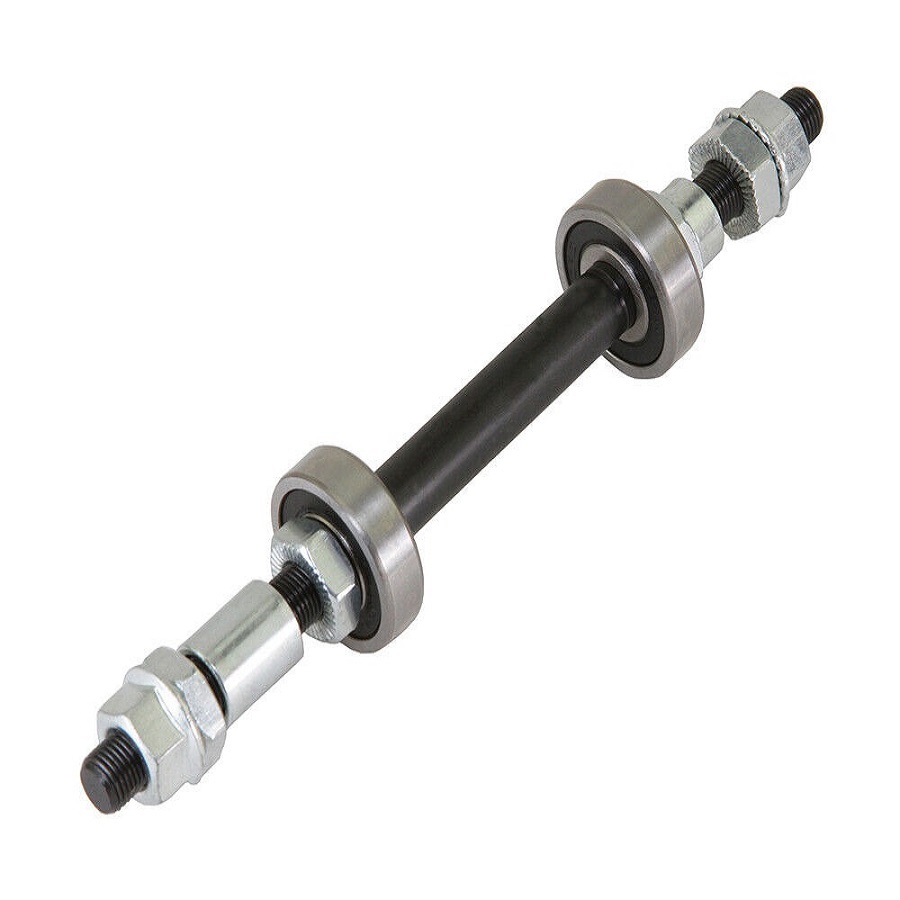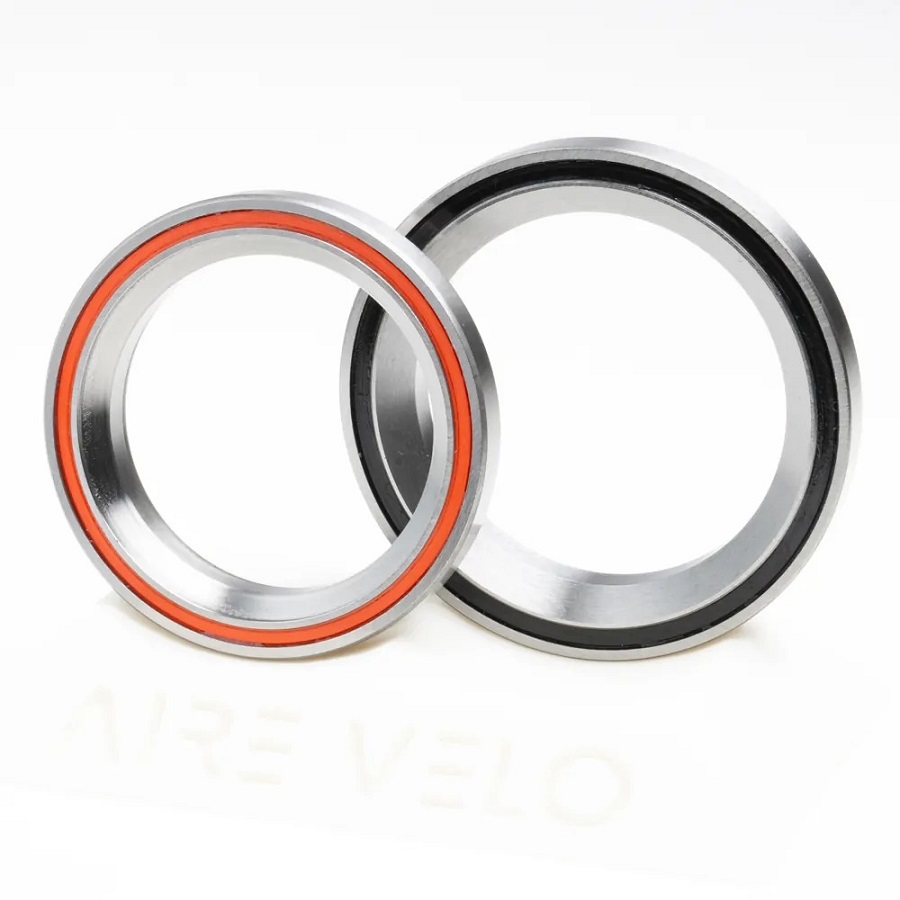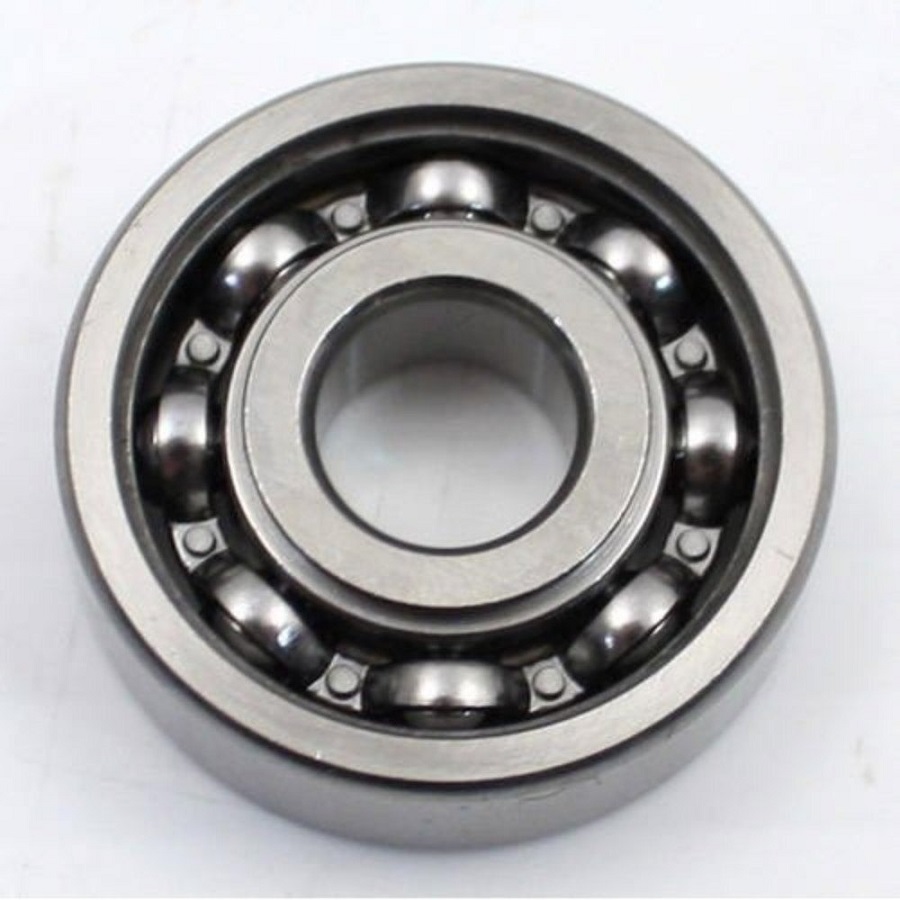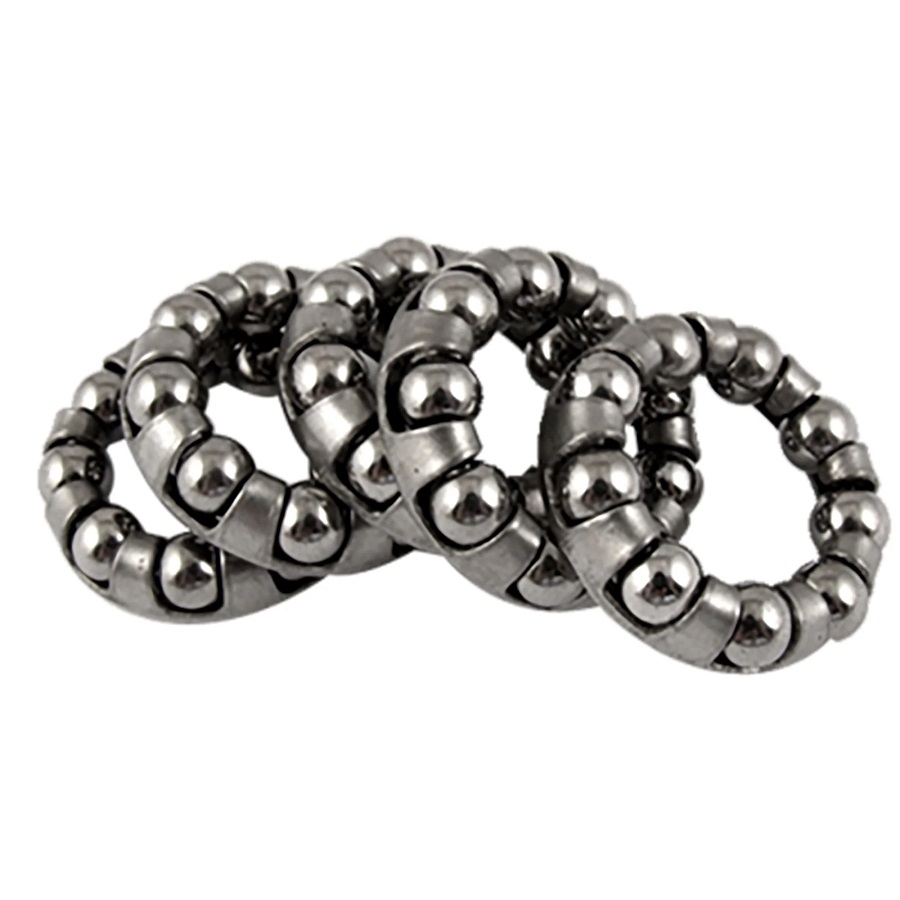Types of Bicycle Bearings
Bicycle bearings are essential for a smooth ride. They allow parts to move freely with minimal friction. Various types of bearings are found in bicycles, each with a specific function. Understanding these types will help in maintenance and repair.

Loose Ball Bearings and Their Mechanism
Loose ball bearings, known as ‘cup and cone’ systems, are common in entry-level bikes. They consist of individual ball bearings that rest in a cup-shaped race with a cone to apply pressure. When well-adjusted, they offer excellent performance and are easy to service.
Caged Ball Bearings Explained
Caged ball bearings house loose balls in a retainer. This simplifies assembly and maintenance. While often associated with lower-end components, high-quality caged bearings like Campagnolo’s CULT provide superb performance.
The Role of Bushings in Cycling
Bushings are simple sleeve bearings found in areas like shock mounts and cheaper pulley wheels. They reduce friction and are sometimes used in pedals too. Their simplicity makes them common in less-expensive components.
Cartridge Bearings and Their Dominance
Cartridge bearings are the modern standard, especially on high-quality bikes. They’re sealed units, easy to install, and don’t require adjustment. Their one-piece design provides consistent performance and comes in different sizes for various bike parts.
Needle Bearings and Their Specific Use Cases
Needle bearings, or roller bearings, are less common but still present in some bike pedals. They consist of cylindrical rollers, offering stability under high loads. However, the complexity of manufacturing suitable surfaces has made them less popular in the industry.
Understanding Bike Bearing Sizes
Measurements and Sizing for Loose Ball Bearings
Loose ball bearings vary in size. They are usually measured in fraction of inches, like 3/16in. The size needed depends on the bike part. When replacing, match the new bearings to old ones in diameter. Use calipers, or consult manufacturer tech guides for size. Some tools, like the SBC-1, have gauges for common sizes.

Decoding Cartridge Bearing Sizes
Cartridge bearing sizes have three measurements: inside diameter (ID), outside diameter (OD), and width. These might look like ’15x24x5mm’. They sometimes have universal identifiers, like ‘6802’. You can measure with calipers. For headsets with angled races, look for measurements showing the angle, such as ’45°’. Bigger bearings tend to perform better due to more contact area. Use precision tools for best results. Understand the difference between radial and angular bearings when choosing.
Radial vs Angular Contact Cartridge Bearings
Choosing between radial and angular contact cartridge bearings is crucial for optimal bicycle performance. Each type has distinct features and advantages depending on its application.
Characteristics of Radial Bearings
Radial bearings are the most widely used type in bicycles. They suit vertical loads well, like those found in hubs and cranks. These bearings are less expensive and have a simple design. Radial bearings don’t manage side forces effectively. They’re not directional so installation is easier. Less precision in manufacture means they fit a wider range of bikes.
Advantages of Angular Contact Bearings
Angular contact bearings handle both radial and axial loads well. This makes them ideal for bike components like hubs. They offer high precision for smooth riding experiences. Angular bearings are directional, which means careful installation is required. They match well with high-end bikes due to their superior performance. Despite being more costly, they offer enhanced durability and efficiency.
What Determines Bearing Quality?
Bearing quality is key to a bike’s performance and durability.
The ABEC Rating System
The ABEC rating system measures precision. Higher numbers mean better quality. It rates bore diameter, parallelism, and raceway run-out. ABEC 3 and 5 suit most bikes.
Importance of Bearing Material and Seals
Bearing material affects longevity and performance. Harder materials are often better. Seals protect bearings from dirt and water. Good seals balance friction with sealing ability.
Bearing Seals and Their Impact
Seals in bicycle bearings play a crucial role in longevity and performance. They keep out dirt and moisture, protecting the inner mechanisms. Without them, bearings would require more frequent servicing. Here we will look into the different types of seals and how they affect the bike’s operation.

Types of Seals and Their Role in Bearing Protection
Bicycles use various types of seals for bearings, including single-sealed, double-sealed, and labyrinth seals. A single seal has one barrier against contaminants, while double-sealed bearings have an additional dust cover for extra protection. Labyrinth seals offer a complex path for dirt, keeping the bearings cleaner for longer durations. Opting for bearings with robust sealing can prolong their life and reduce maintenance needs.
Balancing Friction and Sealing Efficiency
The efficiency of a bearing often comes down to the seal’s design. While strong seals keep bearings safe, they may increase friction. This can slightly slow down the bike. But a seal that’s too loose may allow contaminants, leading to wear. Finding a balance between low friction and effective sealing is key for optimal bearing performance. Properly sealed bearings not only last longer but also maintain the smoothness of your ride. When choosing bearings, it’s important to consider the environment you’ll ride in and the type of sealing that will offer the best protection without sacrificing too much speed.
Materials Used in Bearings and Their Benefits
Comparing Steel and Ceramic Bearings
Bearings come in various materials, each with unique advantages. Steel and ceramic are the most common in bicycle bearings. Steel bearings are widely used for their durability and cost-effectiveness. They are strong and resist corrosion well. Ceramic bearings are lighter and smoother. They reduce friction more than steel, which can lead to a faster ride. However, ceramic bearings tend to be more expensive. They might also need more careful handling and frequent servicing.
Ceramic bearings are often found on high-performance bikes. Riders who seek extra speed and efficiency prefer them despite their higher price. Steel bearings are reliable for everyday use. They offer good performance with less maintenance. When choosing between steel and ceramic, consider your riding needs and budget.
Pros and Cons of Different Bearing Materials
Bearing materials impact performance and maintenance. Chromium steel, stainless steel, and ceramics are common materials. Chromium steel bearings are tough and handle heavy loads well. Stainless steel options resist rust and are good for rides in wet conditions. Ceramics are top performers in terms of smoothness and lower friction.
However, ceramics are more brittle than steel. They might crack under impact or improper handling. The hardness also means that they can wear down softer materials in the bearing race. Deciding on a bearing material involves weighing these trade-offs. Think about how you ride, where you ride, and how often you are willing to service your bearings.
Maintaining Your Bicycle Bearings
Proper upkeep of your bicycle bearings is crucial for a smooth ride. It involves regular cleaning, lubricating, and checking for wear. Servicing schedules can vary but no bearing is ‘fit and forget’.
Servicing Loose vs Cartridge Bearings
Loose ball bearings need periodic adjustment and maintenance. Check and replace them if you spot pitting or wear. Use calipers or tech guides for size accuracy when replacing. For servicing, clean with a degreaser and add fresh grease.
Cartridge bearings are simpler. They’re usually replaced rather than serviced. If servicing is possible, remove the seals with care, clean the internals, and then re-grease. Always consult the bearing manufacturer’s specifications for proper service procedures.

Tips for Proper Lubrication and Bearing Care
For both loose and cartridge bearings, use the right lubricant. This can be thick grease or thin oil, based on the manufacturer’s advice. Apply lubricant after cleaning to prevent rust and reduce wear. Make sure to install bearings correctly to avoid damage and ensure long life. Incorrectly installed bearings can cause friction and faster wear. Proper care extends the life of your bicycle bearings and keeps your rides smooth and efficient.
